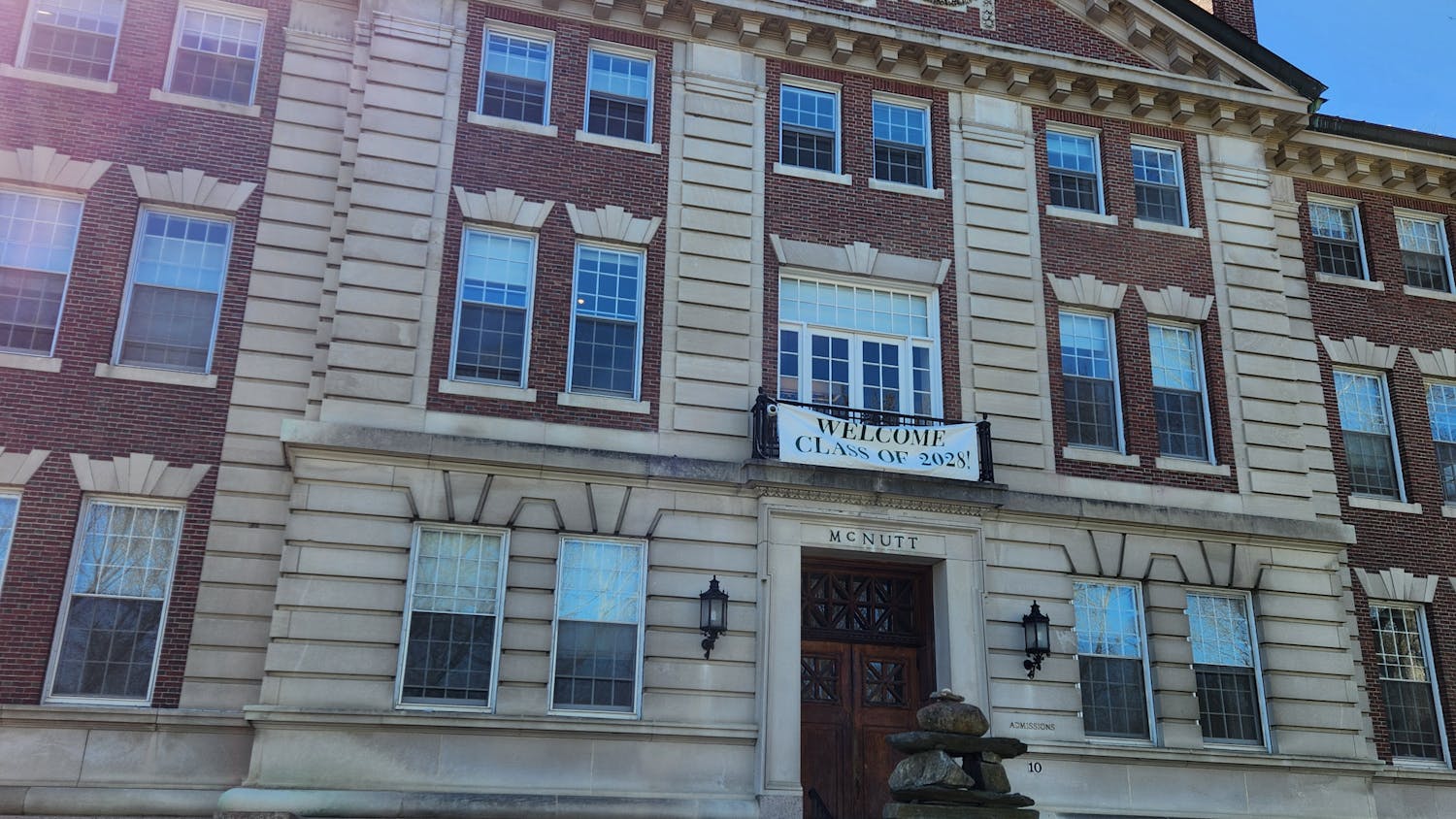To Christopher Sneddon, water is not only the source of human life, but also the source of many human conflicts. The geography and environmental studies professor’s research interests lie in settling human interests with environmental sustainability. For Sneddon, this has largely taken form in water research, specifically focusing on changes in river-basins in “third-world” — a term he acknowledges as problematic — settings. For instance, he studied the Mekong River Basin in East Asia in one of his largest research projects. More recently, his research has shifted in subject, era and location. He is currently working on a project with fellow College professors Francis Magilligan and Coleen Fox studying dam removal in New England, in which he concentrates on the social dimensions of such removal. And there is no great divide between his research and teaching subjects. Rather, he views research and teaching as mutually dependent. Sneddon, who earned his Ph.D. in geography from the University of Minnesota, published a book titled “Concrete Revolution: Large Dams, Cold War Geopolitics, and the U.S. Bureau of Reclamation” last year and teaches classes on topics such as environmental history and politics.
What about water research piqued your interest specifically, as opposed to other areas of geography and environmental studies?
CS: The reason I became interested in water and particularly river basins is because it’s the resource that oftentimes becomes the focal point of conflicts, but at many different scales. For instance, I studied the Mekong River Basin and at one geographical scale, you have many different nation-states trying to fine-tune or design cooperative agreements regarding sharing the water in that basin. But at the same time, there are also conflicts between governments in that region and local communities, specifically over large-scale infrastructure such as large hydroelectric dams. And partly because water, of course, is vital. It’s an incredibly important part of all ecological and planetary systems. It’s the amazing substance that seems to be both the focus of cooperation and peaceful relationships between societies and people, but also sometimes becomes the point of conflicts.
And do you find most of these conflicts to arise when there’s a scarcity of water, or a scarcity of drinkable water?
CS: Scarcity certainly plays a role, but oftentimes water scarcity can be socially and politically constructed. This isn’t to say there aren’t absolute water scarcities, especially in arid regions, if you think about the Middle East or southern Africa.
I read that you are working on a project right now regarding the social aspects that come with dam removal in New England. Can you tell me a bit more about this?
CS: This is a collaborative project I have been working on with professor Frank Magilligan, who also works in the geography department, and professor Coleen Fox who works in the departments of geography and environmental studies. We’ve been working on it for the past several years. As dams age, they cease to serve their original function. New England is an incredibly—no pun intended— ‘dammed region.’ Going back to the 19th century when a lot of communities, private businesses and the governments, in some cases, were building mill dams for water power in the industrial era of New England. Now, a lot of these dams are decrepit, and nobody wants to take ownership of them. So over the last 25 to 30 years there has been a push to restore those river systems. Yet, we’ve found conflicts tend to arise because some communities really value what we would call the ‘‘cultural landscape’’ that these dams have created. The have lived near the dam and its mill pond for generations. They see them as historical resources that should be preserved in the name of historical value. So it’s really interesting to us to see how some of these social dimensions of dam removal play out.
Do you think a lot of this comes from the aesthetic of dams? Or do you think they truly are just very well-integrated in the cultural landscape or the landscape itself?
CS: A bit of both. Some people mention that they like the sound of falling water. When dams are really integral to daily life in the community, they become almost a natural environment for certain people. Environmental scientists or ecologists may look at it and say, “Well, that’s not natural; it’s a dam.” However, people see the different animal species associated with the dam and the mill ponds, and they associate them with their local- or life-world.
Do you find a lot of discrepancies in people’s sentiments depending on how long their families have been living in these communities?
CS: Especially for a lot of “old-timers” in New England, you find a lot of folks grieving the loss of a historical resource. Although for some new-comers the dam sort of fits their preconceived notions of what New England should look like. You have a big mill pond, you have a covered bridge, and everyone is like, “Oh, that’s New England!”
I read that much of your past research has been on “the transformation of river basins due to large-scale development,” especially in 20th-century, third-world settings. How do you find your current project to be different and do the differences pose many challenges to you?
CS: Yeah, it’s interesting. I work within a field called “political ecology” and there used to be a division between folks doing this kind of research in the quote-on-quote “third world,” which is a problematic term that we often fall back on, and those doing research in the “first world.” I attribute this division to discrepancies in legal systems, as well as in political and economic contexts. Still, I believe that dam research has a lot of broad similarity.
Do you find your research to be really applicable in the classroom?
CS: Absolutely. I really love teaching. And in fact, some of the courses I’ve taught have driven my research. I started teaching a class called Geopolitics and Third-World Development about eleven or twelve years ago, and that really got me thinking about how geopolitics—and the Cold War especially—are intertwined with the history of economic development. A book I recently published is an outgrowth of that class, and in teaching some issues I got a sense that this part of history wasn’t really being covered. I discussed the building of large dams all around the world in the twentieth century and—especially with the U.S. government using technical assistance as part of their Cold War strategy—to influence the newly independent countries in Asia, and Africa, and the Middle East, and to some extent in Latin America. I am as enthusiastic about doing my research as I am about bringing it into the classroom and talking to students about it and getting their feedback and reactions.
That’s really interesting because people often think of teaching and research as a one-sided relationship. We think about how your research influences your teaching, but it’s interesting to hear how your teaching also influences your research.
CS: Right. When I first started teaching that class I wasn’t as familiar with geopolitical literature. Then teaching got me interested in research questions I later pursued. There does not need to be a strict research-teaching divide; it does not have to be a one-way street. A lot of faculty finds that subject matter they’ve taught has pointed them in new research directions. That’s the way it should be and I hope students understand that they can also influence the faculty’s interests and sometimes research questions.
This interview has been edited and condensed for length and clarity.



